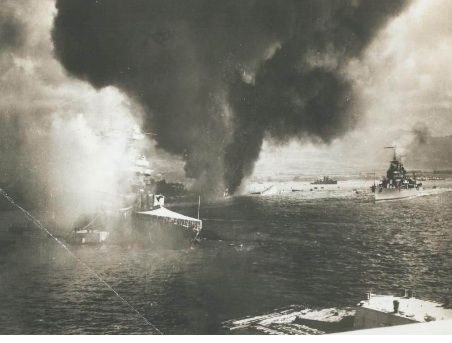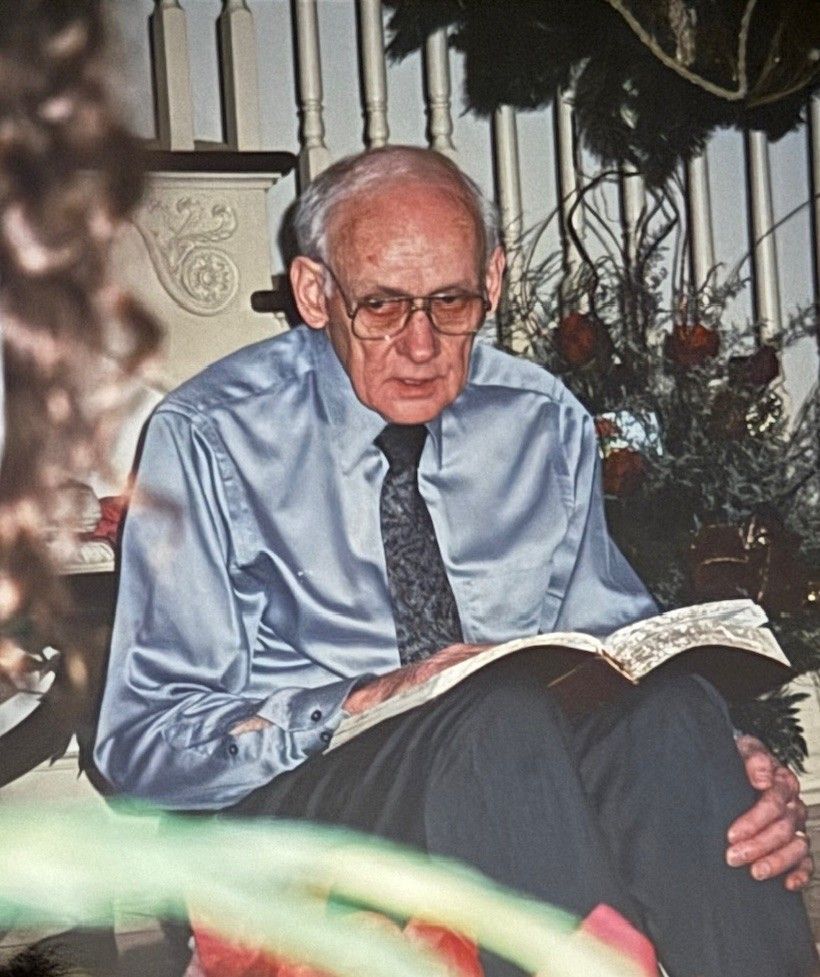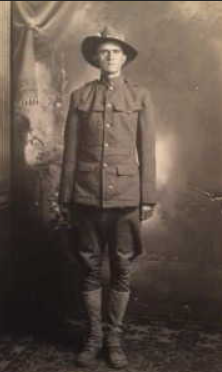Despite historical weather reports indicating partly cloudy skies, those present at Pearl Harbor on December 7, 1941 remembered it much differently. According to them, it was a beautifully blue, clear-skied morning, warmed by the sun and serene in its dawning—a Sunday morning not unlike most they had experienced in the island paradise of Hawaii. At 7:30 the color guards were on deck to raise the ships’ flags—it was a daily ceremony filled with meaning and pageantry that took place on every ship. To the port side of the USS St. Louis, the color guard of the USS Honolulu was preparing their flags, to the starboard the USS San Franciso’s guard was doing the same. As the ceremonies were about to begin, the hum of approaching aircraft could be heard overhead. It was 7:48 AM . . . and that hum was the first wave of the Japanese attack.
Japan had chosen wisely when planning their strategy. A Sunday morning attack assured that many of the military personnel would be off the ships, attending religious services. Such was certainly the case for most of the officers, leaving the ships understaffed by seamen without battle experience, explaining why many of those who died were 19 or 20 years old. Even if the sailors were aboard ship, they would be relaxing as opposed to the normally busy days during the week. They would most assuredly be caught off guard and hopefully unprepared.
The USS St. Louis was one of 150 ships and service vessels docked in the harbor that morning. Sandwiched between the Honolulu and the San Franciso, she was a sitting duck, and the Japanese quickly realized it. Although she was a light cruiser rather than a battleship, she was still a target, and her captain knew it. Even without the command to commence firing, within five minutes of the first sighting, her crew had manned their battle stations and begun to engage the enemy. Captain George Rood ordered all boilers brought to full steam, his intention being to escape the harbor—to save his men and his ship. Doing 22 knots in an 8 knot zone, he barreled around Ford Island. As they sped past battleship row, one of the St. Louis crew observed "You see men in the water. And the oil, the burning oil. You see men on decks of ships that are sinking. You see men that don't have a chance in hell of getting out of there. And you know that some of them are going to die."
The destruction surrounding them had made the longer route necessary, but Rood also knew the Japanese subs would be waiting at the mouth of the harbor . . . knowing they could take out any ship that tried to pass through, blocking the entrance to the harbor in the process. Despite his efforts, a midget sub locked on to their movements and fired two torpedoes directly toward the ship. Rood stood there and watched their tracks through the water, knowing in the strict confines of the coral reef he had little room to maneuver. Instead, he ordered the ship to Emergency Full, increasing her speed to 25 knots. The first torpedo struck the reef, exploding approximately 200 yards from the St. Louis. The tracks of the second one disappeared in the explosion, leading Rood to believe it had been destroyed by the first. They were close enough that the ship was drenched with water and coral.
Within 90 minutes it was over. According to the captain’s report, the St. Louis had expended 207 rounds of 5 inch 38 caliber shells, 3,950 rounds of 1.1 inch 75 caliber shells, and 12,750 rounds of .50 caliber shells. Despite the destruction that surrounded them, the St. Louis escaped with no loss of life and very little structural damage, most of what they sustained having been caused by gunfire or shell fragments, leading her crew to dub her the “Lucky Lou”. Tragically, when the smoke finally cleared and the damages could be assessed, 2,403 Americans were dead; another 1,178 were wounded. Nineteen ships were damaged or destroyed while 188 aircraft were lost and another 159 disabled.
In preparing for this blog, I’ve read much about the chaos and the tragedies of Sunday, December 7, 1941. I have tried to imagine the courage and the fear present that day, and when I think of those who fought and those who died fighting, it is difficult . . . it is impossible . . . to fathom what they experienced. So why have I chosen to tell you about the USS St. Louis, a ship that suffered little damage and no loss of life on a day which President Roosevelt warned “would live in infamy”? Because buried in Savannah Cemetery, in Savannah, Tennessee, is a gentleman by the name of Robert “Bob” Zavala. After serving 21 years in the Navy as a diesel engineer, he retired and began work at St. Jude Children’s Research Hospital in Memphis. And after retiring from there, started his third career with John Gaston Hospital, also in Memphis . . . from which he also retired. His grave is marked by a double monument that will one day be shared with his wife, and etched upon its face are the words “He Survived Pearl Harbor”. He was there, caught up in the horrors of war while serving aboard the USS St. Louis—an ordinary man who, in that moment, was called upon to do extraordinary things. Just like so many others on that day.
About the author: Lisa Shackelford Thomas is a fourth-generation member of a family that’s been in funeral service since 1926. She has been employed at Shackelford Funeral Directors in Savannah, Tennessee for over 40 years and currently serves as the manager there. Any opinions expressed here are hers and hers alone and may or may not reflect the opinions of other Shackelford family members or staff.













